
- PC
- MAC
- Linux
- Sistema Operativo: Windows 10 (64 bit)
- Processador: Dual-Core 2.2 GHz
- Memória: 4GB
- Placa Gráfica: Placa com DirectX 11: AMD Radeon 77XX / NVIDIA GeForce GTX 660. Resolução mínima suportada: 720p
- Network: Internet de banda larga.
- Disco: 17 GB
- Sistema Operativo: Windows 10/11 (64 bit)
- Processador: Intel Core i5, Ryzen 5 3600 ou superior
- Memória: 16 GB ou mais
- Placa Gráfica: Placa com DirectX 11 ou superior; Nvidia GeForce 1060 ou superior, Radeon RX 570 ou superior
- Network: Internet de banda larga.
- Disco: 60,2 GB
- Sistema Operativo: Mac OS Big Sur 11.0 ou versão mais recente
- Processador: Core i5 2.2GHz mínimo (Intel Xeon não suportado)
- Memória: 6 GB
- Placa Gráfica: Intel Iris Pro 5200 (Mac), equivalentes AMD/Nvidia para Mac. Resolução mínima suportada: 720p com suporte Metal.
- Network: Internet de banda larga.
- Disco: 21,5 GB
- Sistema Operativo: Mac OS Big Sur 11.0 ou versão mais recente
- Processador: Core i7 (Intel Xeon não suportado)
- Memória: 8 GB
- Placa Gráfica: Radeon Vega II ou superior com suporte Metal.
- Network: Internet de banda larga.
- Disco: 60,2 GB
- Sistema Operativo: Distribuições mais modernas do Linux de 64bit
- Processador: Dual-Core 2.4 GHz
- Memória: 4 GB
- Placa Gráfica: NVIDIA 660 com os drivers mais recentes (não mais de 6 meses) / equivalentes AMD com os drivers mais recentes com suporte Vulkan (não mais de 6 meses); Resolução mínima suportada: 720p.
- Network: Internet de banda larga.
- Disco: 21,5 GB
- Sistema Operativo: Ubuntu 20.04 64bit
- Processador: Intel Core i7
- Memória: 16 GB
- Placa Gráfica: NVIDIA 1060 com os drivers mais recentes (não mais de 6 meses) / equivalentes AMD (Radeon RX 570) com os drivers mais recentes (não mais de 6 meses) com suporte Vulkan.
- Network: Internet de banda larga.
- Disco: 60,2 GB
|
When the Royal Flying Corps and Royal Naval Air Service merged in 1918 to form the Royal Air Force the new service took control of all military aviation in the UK. Naval aircraft were a low priority, a situation not remedied until 1939 when the Navy took full control of the Fleet Air Arm (FAA) again. The years of neglect had taken their toll; at the outbreak of war the FAA had no adequate modern fighters. As a stop-gap until purpose-built naval fighters could be obtained the Navy expressed interest in the new Spitfires and Hurricanes entering RAF service, but deliveries to the RAF could not be interrupted in 1940.
By mid-1941, with Germany looking east and the threat of invasion receding in Britain, the FAA finally started to receive Hurricanes adapted for naval use. No Sea Hurricanes were built as such from scratch, they were adapted from existing, sometimes battle-worn, airframes. The first variant, the Sea Hurricane Mk IA, was a temporary expedient until dedicated escort carriers could accompany convoys. Launched by catapult from merchant ships they had no means of landing at sea; the pilot had to fly back to land if within range or ditch near the convoy. The Sea Hurricane Mk IB was a Hurricane Mk I with catapult spool and arresting hook, capable of both taking off from and landing on a carrier. Found in Tier II of War Thunder, after the Sea Gladiator in the Naval fighter branch of the British tree, the Sea Hurricane Mk IB is very similar to the Hurricane Mk I/L, a nice low-tier fighter.
The Sea Hurricane Mk IC has one all-important difference from the Mk IB: it upgrades the armament from eight .303 (7.7mm) machine guns to four 20mm Hispano cannon. As British pilots found in the Battle of Britain the .303 lacked stopping power, especially against bombers, and War Thunder players may well have had similar experiences. The 20mm cannon, on the other hand, is deadly, especially when loaded with Air Target ammunition. A short burst from four Hispanos is enough to deal with almost any enemy aircraft, it is not hard to see why it became the standard fit for British fighters into the 1950s. They are not ideal against armoured targets on the ground, though, and with no external ordnance options Sea Hurricanes should focus on engaging enemy aircraft.
|
The guns are wing mounted so convergence (Guns targeting distance) is important. Depending on your preference a setting of 300-500 metres can work well, you do not need to be at point blank range for the cannon to be effective. Ammunition supply is reasonable, 125 rounds per gun, but try and stick to short bursts to preserve accuracy and do not fire too far outside convergence range. Avoid head-on attacks, especially against opponents with nose-mounted weapons. The firepower of the Mk IC does come at a price - the additional weight of the cannon makes it a little sluggish. It is excellent for attacking bombers, but if your opponents are at high altitude it can take a while to get up there. It is best to climb at the start of a match, just in case; it's a lot easier to lose height than gain it. The Mk IC really shines in Arcade battles where raw speed is less important and the exceptional armament makes for quick kills; in Realistic and Simulator modes the lack of performance is more of a hindrance though the cannon are still highly effective. Arcade players should be a little careful, though, as the Battle Rating (BR) of the Mk IC is a substantial jump up from the Mk IB, meaning it faces much tougher opponents. It is worth researching a few other Tier II aircraft like the Spitfire IIb and Beaufighter VIc to put into your line-up alongside the Sea Hurricane IC before taking it into battle. |
PROS AND CONS OF THE VEHICLE:
|
|
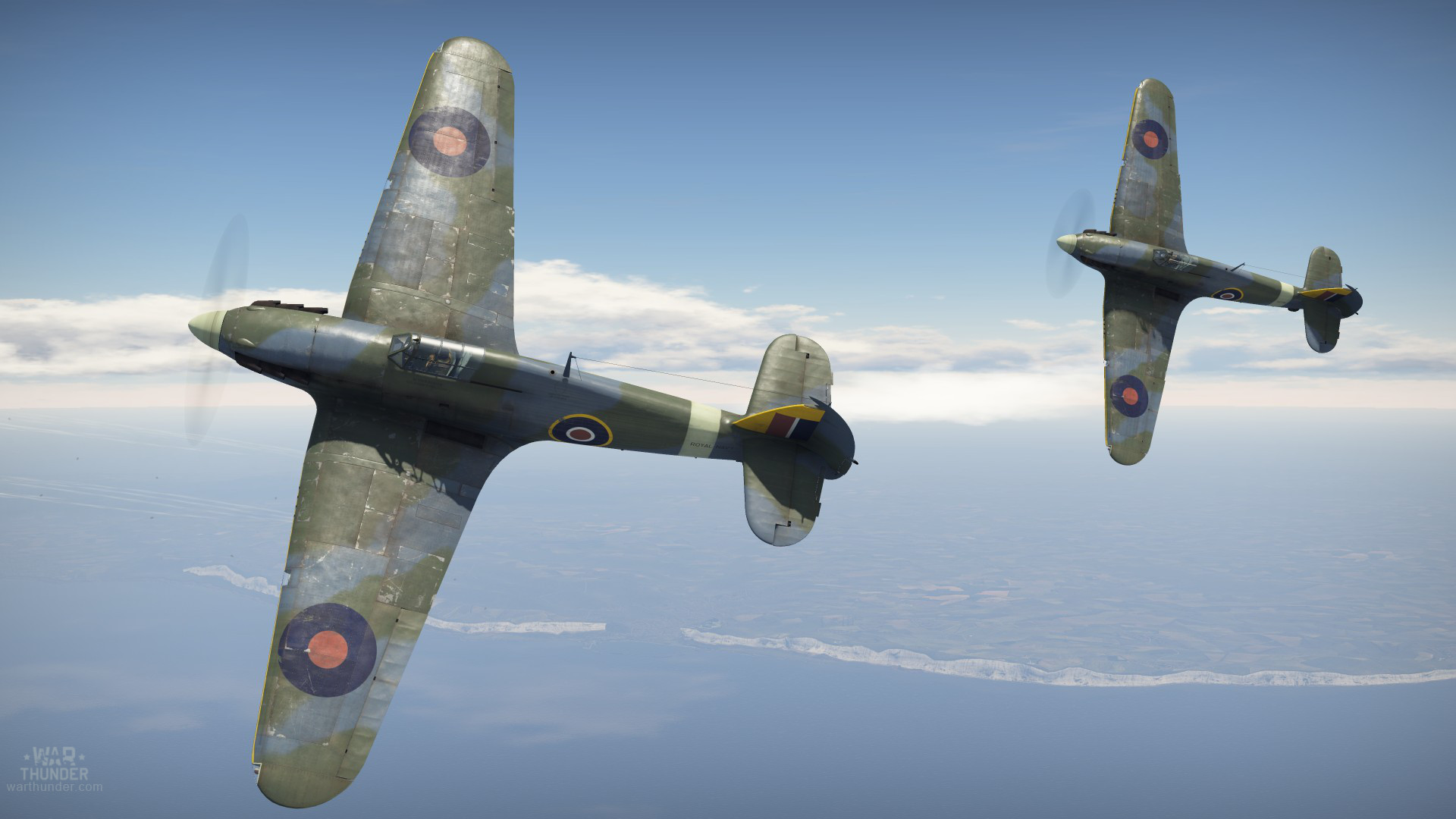 |
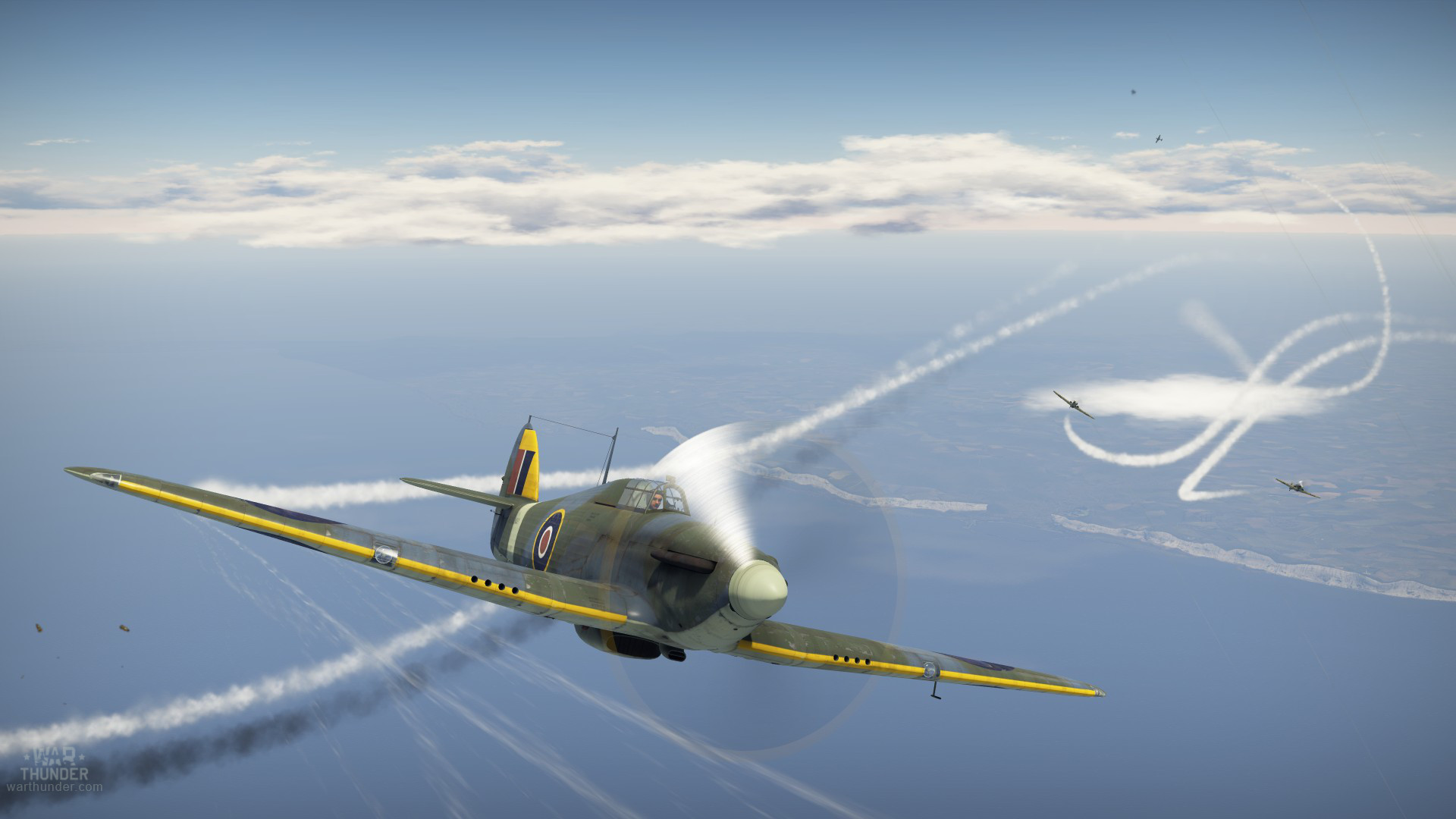 |
 |
The Hurricane was not an ideal naval aircraft, lacking endurance for patrols, and was verging on obsolescence by 1941. Nevertheless FAA Sea Hurricanes gave sterling service until 1944 in the Atlantic, Arctic and Mediterranean. One of their most vital contributions was defending convoys to Malta when the island was under siege and perilously short of supplies; Lieutenant R. J. 'Dickie' Cork flew a Sea Hurricane Mk IC to great effect, bringing down five Axis aircraft in a single day on 12th August 1942 during Operation Pedestal.
The Sea Hurricane is an essential part of early British line-ups alongside its land-based relatives and early Spitfires, and firepower of the Mk IC should make it a firm favourite.
John “Zoso” Moore
Want to read more about the vehicles in War Thunder? Find other Vehicle Profiles on our website!
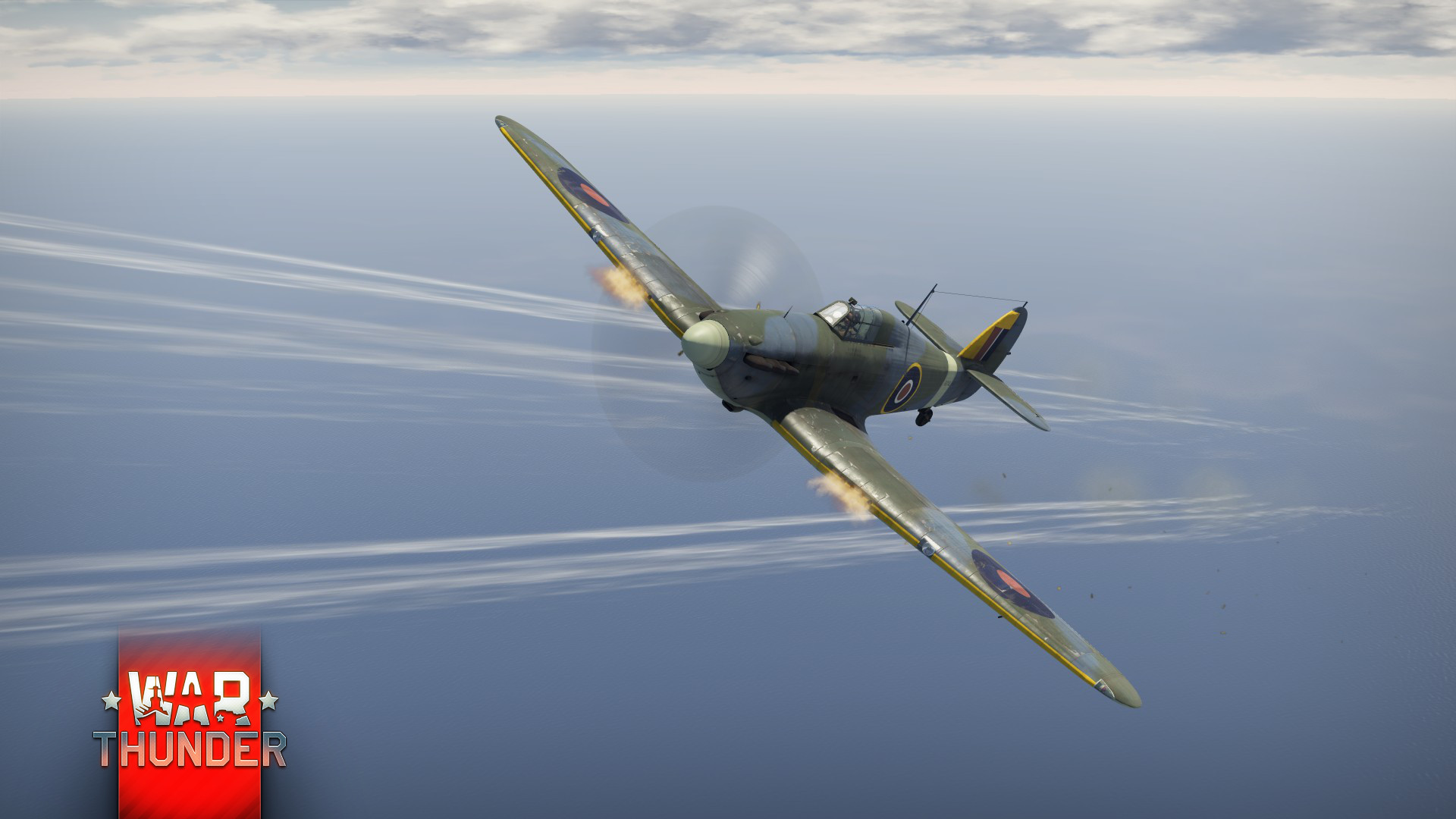
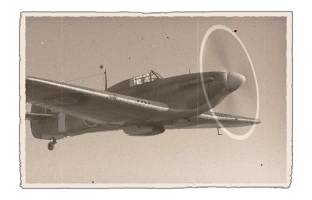
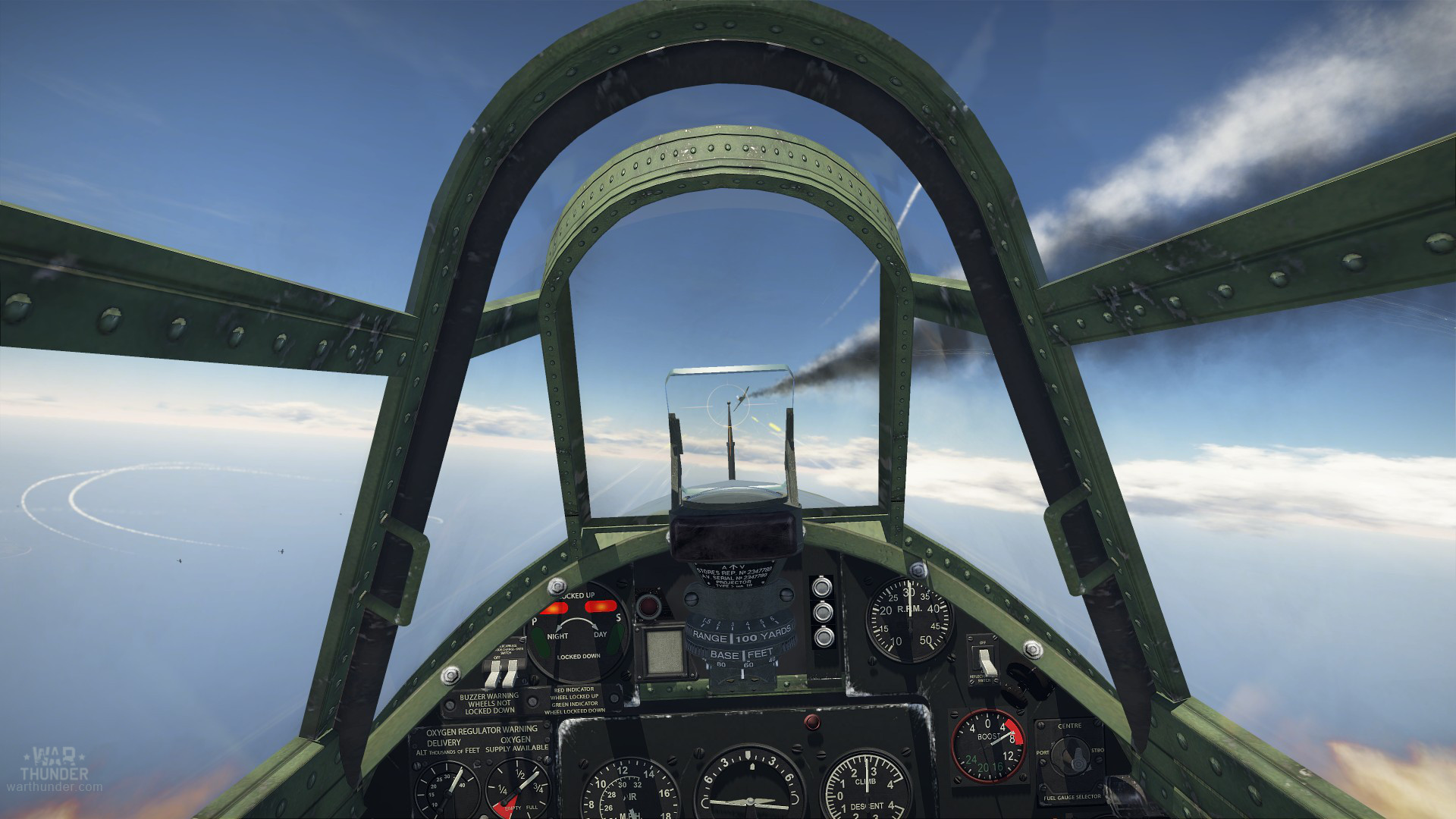
 PROS:
PROS: CONS:
CONS: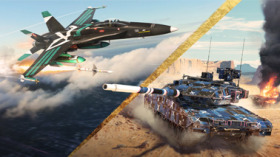



Comentários (0)
Submeter reclamação